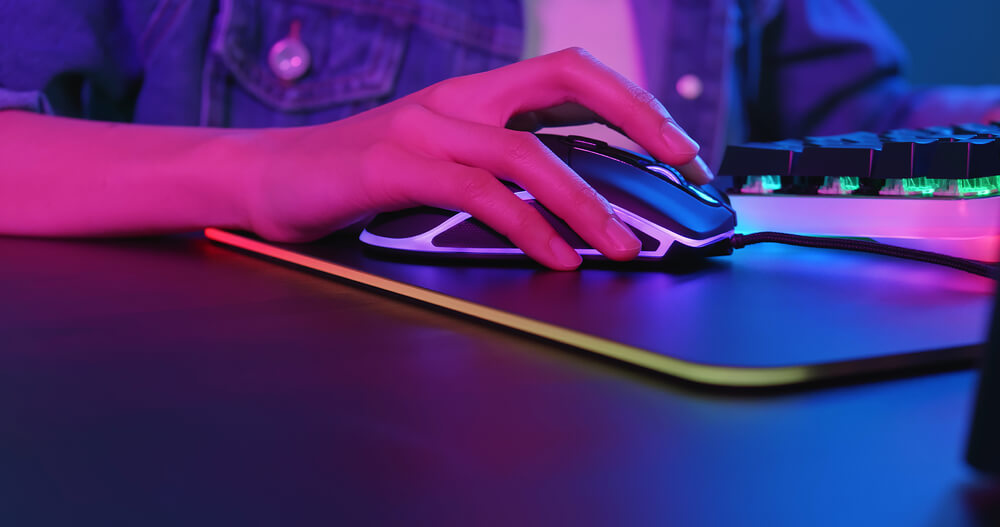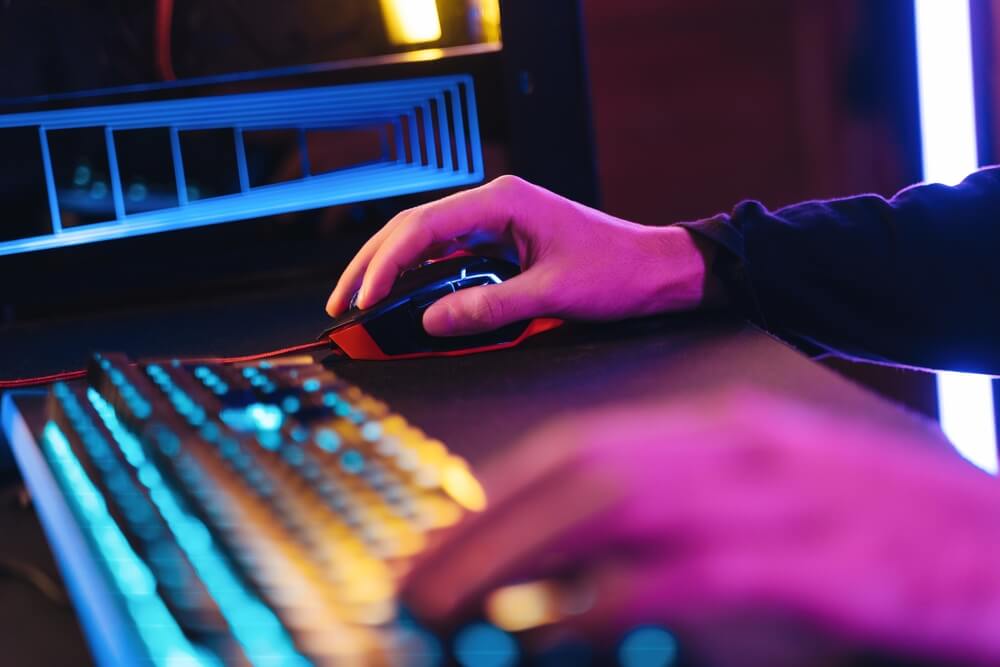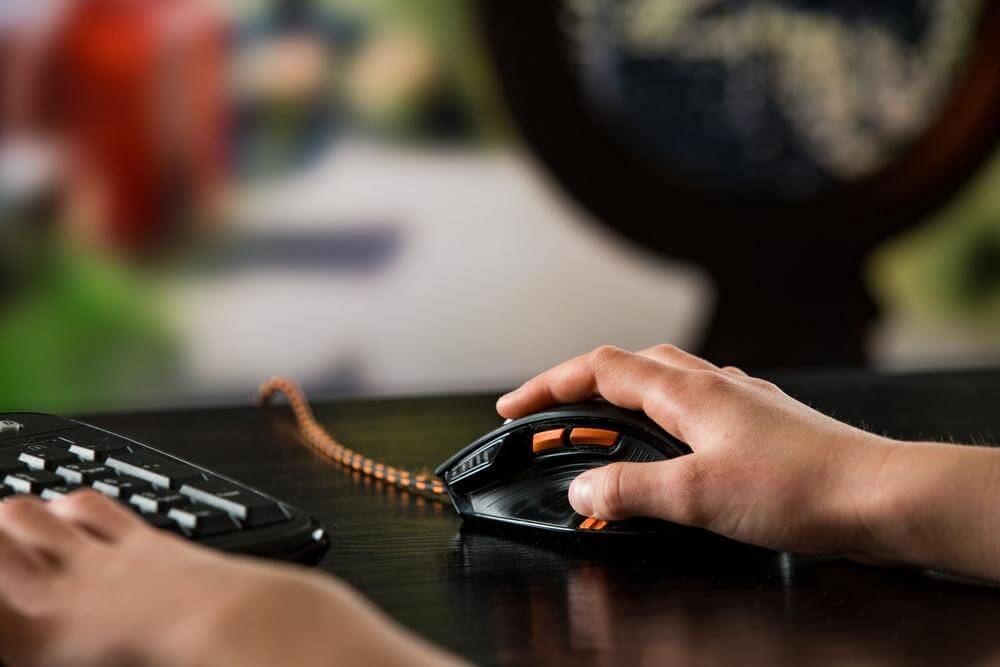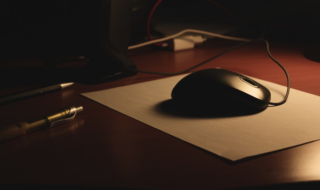For a lot of PC gamers, aiming with a mouse is one of the biggest advantages of the gaming PC platform. However, there’s no denying that mouse aiming can also have a bit of a learning curve. Even with the sleekest gaming mouse in existence, your performance will always be limited if you can’t find a comfortable grip with a full range of motion.
That’s probably why, over the years, PC gamers have spent countless hours debating the best mouse grip to use. Is there really such a thing as a “best” grip, though — or is it more important to look at grip styles on a case-by-case basis? Let’s get started by talking about the three grips every PC gamer should know.

Contents
The Three Styles: Palm, Fingertip, Claw
There are three basic mouse grip styles you’ll see most PC gamers using:
- Palm
- Rests the whole hand on top of the mouse, pressing the buttons with the whole pad of the middle and index fingers. A smooth, stable and (usually) comfortable grip, although sometimes not the fastest.
- Fingertip
- Keeps only the fingertips resting on the mouse buttons while the hand hovers above the mouse. Takes some practice to master, but offers high precision and the fastest reaction time of any grip style.
- Claw
- Rests the palm on the mouse, while arching the button fingers into a “claw” shape so that only the tips rest on the buttons. Provides a good balance between palm and fingertip grip styles.
Within these three styles are a whole lot of variations, including a range of alternate finger placements that can be worth trying out if you’re looking for something different.
How Your Grip Affects Your Game
- Flick Shots: Flick aiming is a key technique that separates high-level shooter players, and certain grip styles affect your ability to use it effectively. Palm grip is generally regarded as one of the best styles for flick shots because it allows players to move their arms accurately over a longer distance.
- Tracking: Tracking, or the ability to keep your aim on a moving target, is another crucial skill in action games of all kinds. Fingertip or claw grip are often the best choices for precise tracking due to their ability to make small, precise movements over a target’s hitbox.
- Hand Strain: Many gamers find that the fingertip grip (and to a lesser extent, the claw) creates hand strain when they use it for extended gaming sessions. Never be afraid to switch up your grip (or take a break) if your hand starts to hurt or gets tired.
- DPI: Most games offer the option to adjust the sensitivity of your mouse aim, either through in-game settings or through the mouse’s DPI setting. Gamers who like less sensitive settings often prefer palm grip, while fingertip grip is typically most effective on higher sensitivity settings.
- Mouse Shape: Some grip styles simply don’t work as well on certain types of mice. Again, this will depend on the specific shape of your hand and the mouse — but if a mouse just doesn’t feel right with your favorite grip, it might be time for a change.

Choosing a Grip Style
All three mouse grip styles have pros and cons, and many gamers don’t use just one! It’s common to see skilled players switch grip styles between different mice, different games, or even between different characters and weapons in the same game. This can take some time to figure out, so don’t rush, and try out all of the different options available.
If you’re new to PC gaming or are otherwise trying to build your mouse technique from square one, palm grip is a great place to start. It’s the most relaxed, which makes it a common choice for RPG and RTS players who don’t need extreme reaction time. However, plenty of shooter players also use a palm grip for its flick-shot-friendly precision.
Need a little more agility for tracking shots and lateral dexterity? You might want to try using a claw grip for its speed and short-distance precision, or a fingertip grip if you want to maximize responsiveness. Remember that this grip is most effective when combined with higher mouse sensitivity settings.
Other Factors to Think About
Mouse grip is really important, but it’s not the only factor that affects your mouse game. If you’ve found a grip you like but you’re still having trouble, these are some other areas to look into:
- Mouse Pad: Your mouse pad has a big effect on how your mouse moves and feels. A textured pad will usually give you slower movement and more control, while a smooth, slick one will give you more speed but less traction. If you often need to pick up your mouse to move it long distances, getting an oversized gaming mouse pad can be a good call.
- Mouse Shape: Not every gamer will vibe with every mouse shape. If you can, try out mice in person before you buy. Most electronics retailers will have demo models available in their stores.
- Cable Drag: If you’re using a corded mouse, the cord could be slowing down your mouse movements when it flops around. That’s why a lot of PC gamers living the cord life get a mouse bungee, a flexible desk tool that helps gamers keep their mouse cable in place and well-behaved.
- Mouse Acceleration: Windows 10 and 11 often come with a setting called Pointer Precision enabled, which accelerates the cursor speed to match the mouse speed. However, many gamers report that disabling the setting in Windows improves the accuracy of their mouse aiming.

Whichever grip you choose, remember that you can always change it up! It’s worth trying out all three — and if you can learn to use them all effectively, you just might become unstoppable.



